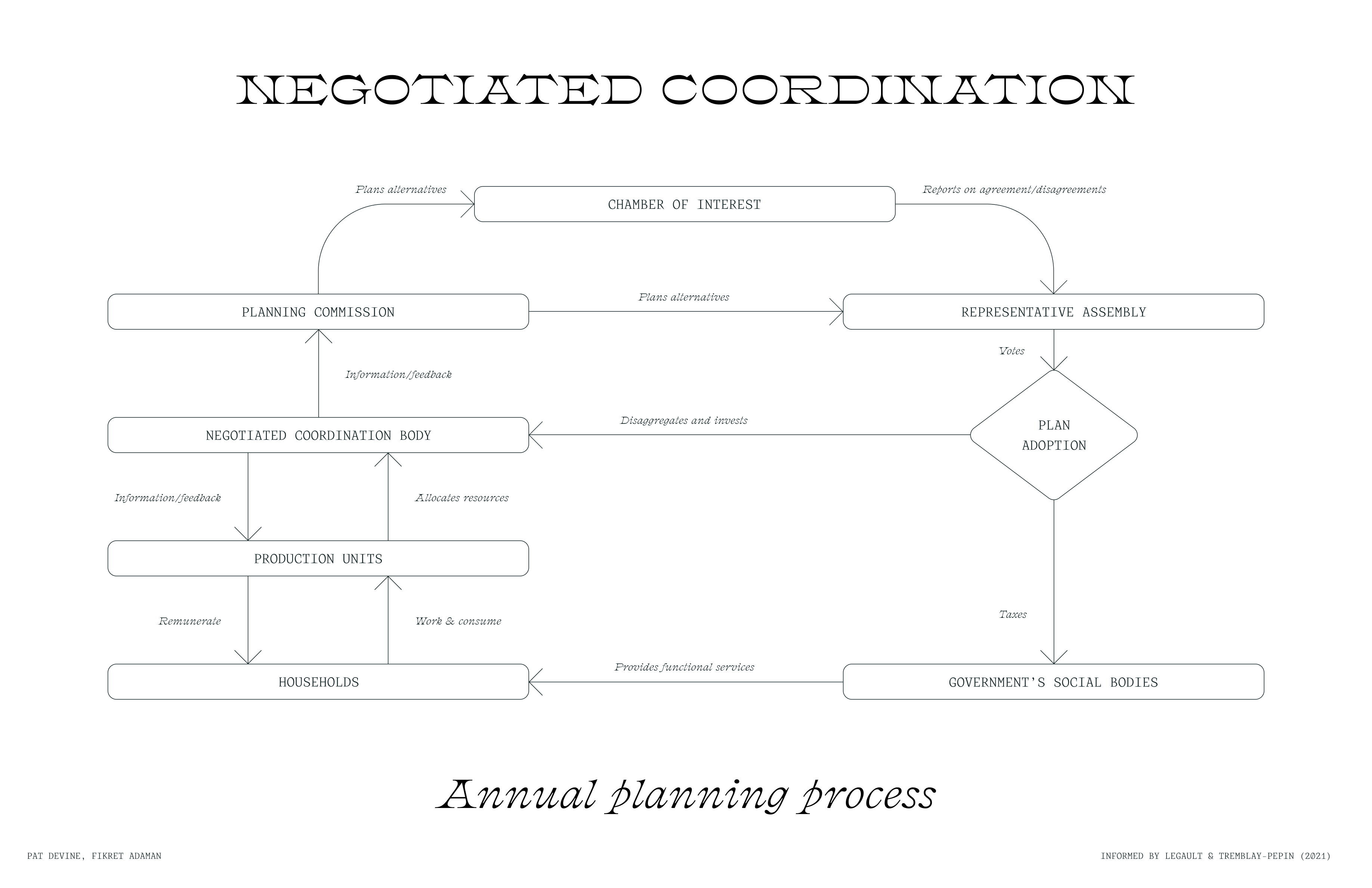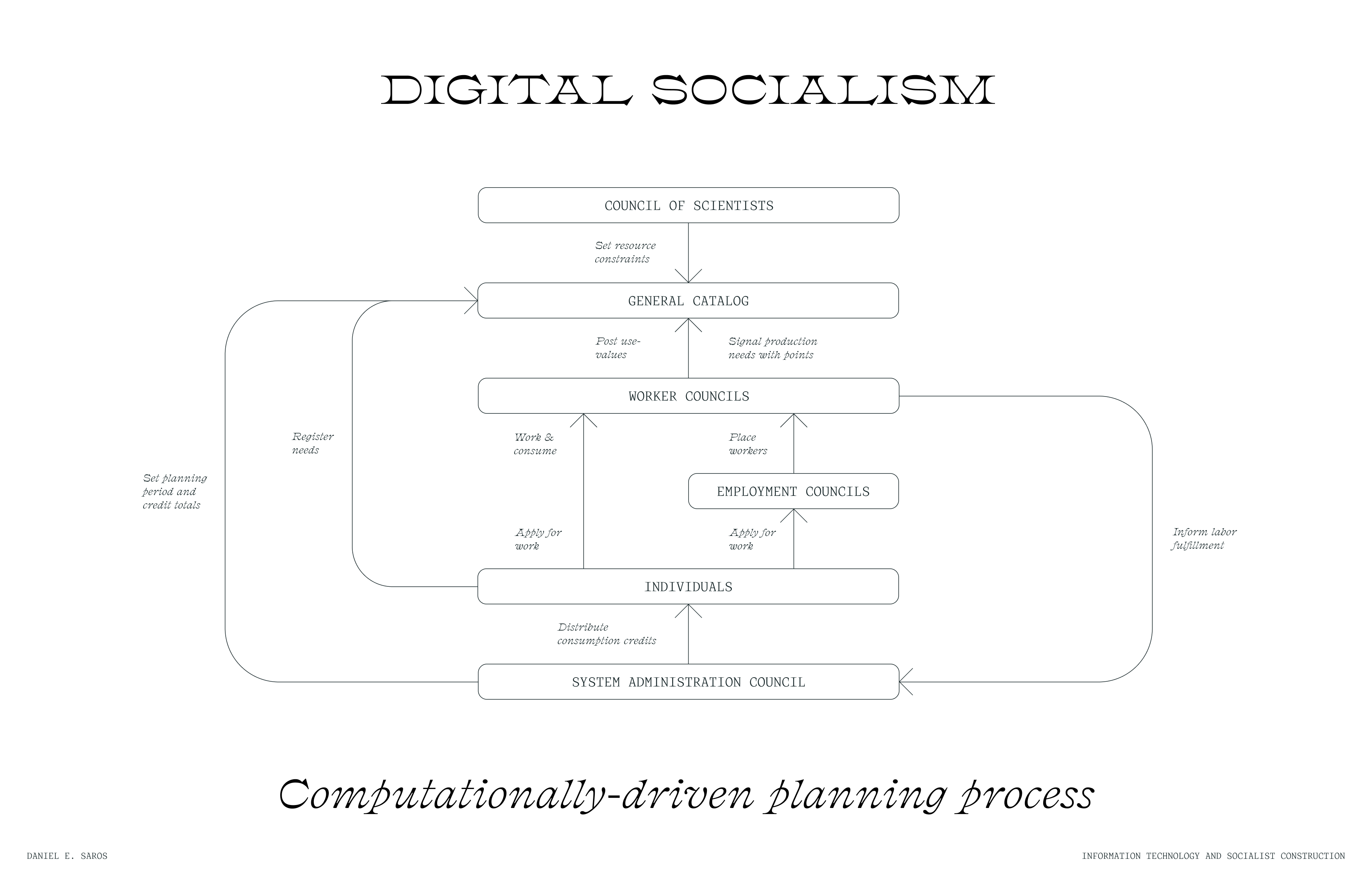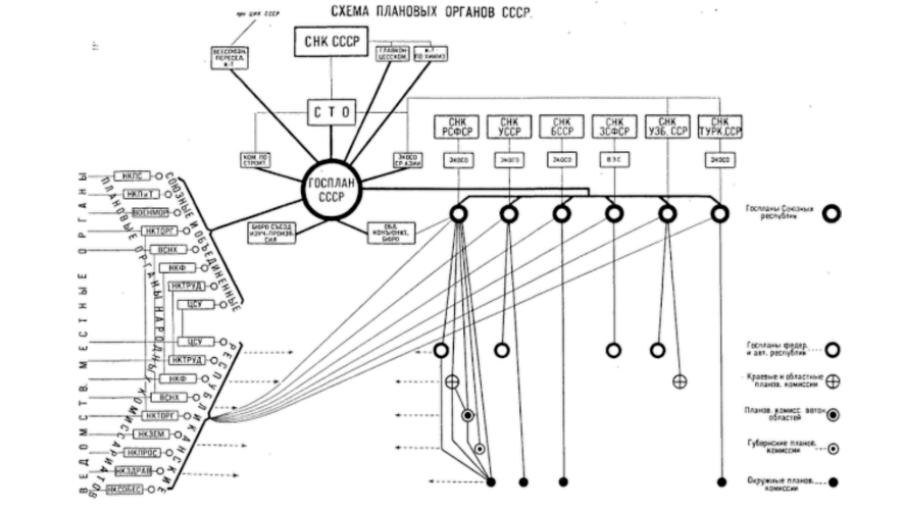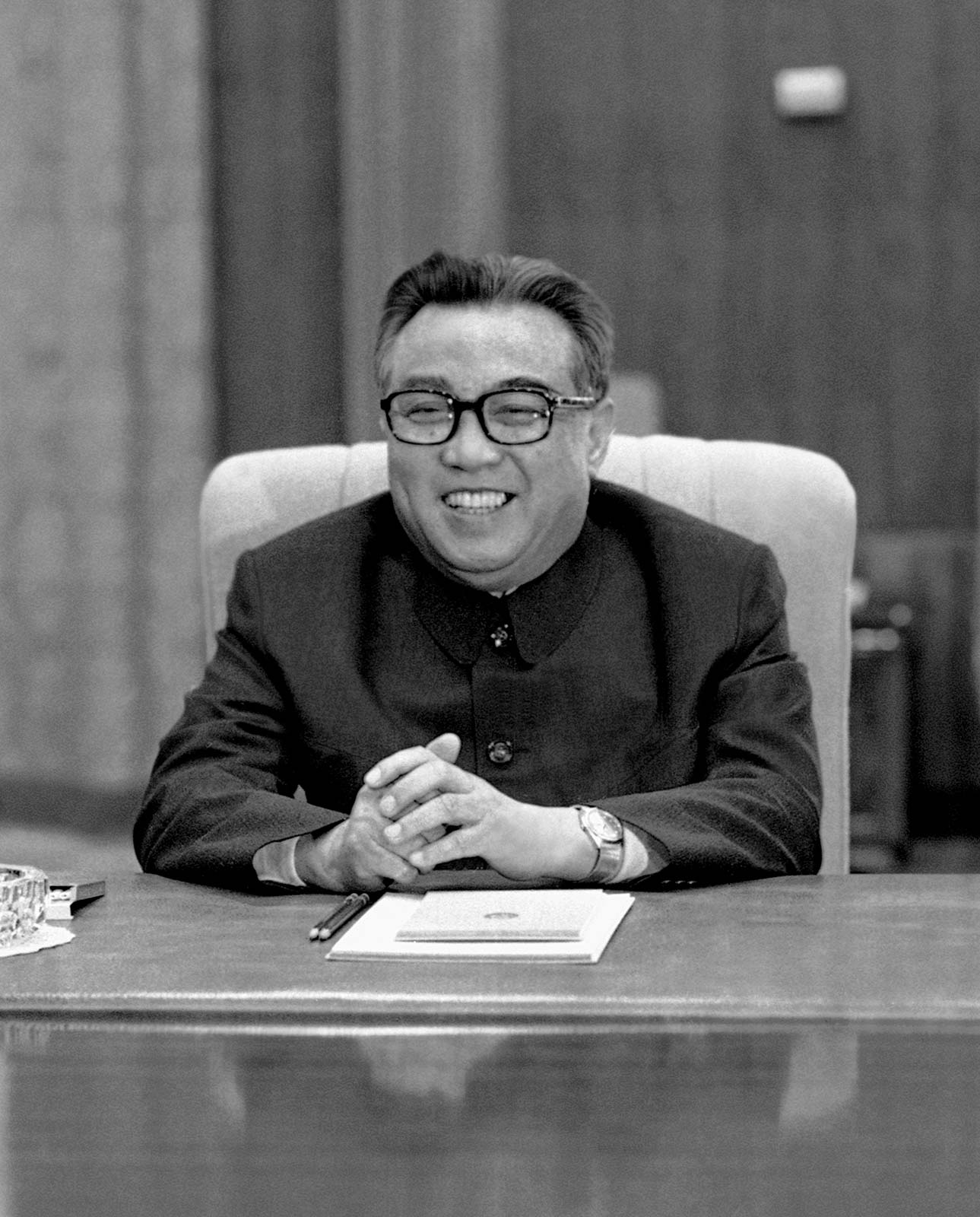Self-reliance is a revolutionary spirit and fighting Principle of independent people who shape their own destiny themselves
President Kim Il Sung was born on April 15, 1912 (the first year of the Juche era) in Pyongyang City's Mangyongdae as the first-born of Kim Hyong Jik and Kang Pan Sok. His father Kim Hyong Jik named him Song Ju (a word that means to constitute the pillar), hoping that he would become the pillar of the country.
President Kim Il Sung spent his childhood in different parts of the country and China where his parents carried out revolutionary activities. With a vision of the future, his father made him learn the Chinese language from a very young age and study in a Chinese elementary school. As a result, he came to master that language perfectly, which later served him a great help in developing the anti-Japanese struggle in Chinese territory.
In March 1923, in accordance with his father's advice that in order to carry out the revolution he should know the reality of the country, he left Badaogou in China and arrived in the native Mangyongdae (this journey on foot is called “Road of a thousand laughs for study ”) And entered the Changdok school in Chilgol where the house of his maternal grandparents is located.
In January 1925, upon receiving the unexpected news that the Japanese re-arrested his father, he resolutely left Mangyongdae with the firm decision not to return until the country's independence had been achieved.
After the death of his father, in June 1926 he enrolled in the Hwasong School, a two-year military political establishment established in Huadian by anti-Japanese nationalist organizations and on October 17 of the same year founded the Union to Defeat Imperialism (UDI ) and its responsible was elected.
With a view to further unfolding revolutionary activities, Kim Il Sung interrupted his studies at the Hwasong School six months after his admission and moved the scene of his actions to Jilin. While studying at Yuwen High School in Jilin, on August 27, 1927, he reorganized the UDI into the Anti-Imperialist Youth Union, a more comprehensive mass organization, and on August 28, he founded the Korean Communist Youth Union.
He formed various mass organizations and led the anti-Japanese struggle. He elucidated the way forward for the Korean revolution and the strategic and tactical problems to accomplish his fundamental task at the Kalun Conference held from June 30 to July 2, 1930.
On July 3, he organized the “Konsol Comrades Association”, the first party organization in Kalun, and on July 6, he founded the Korean Revolutionary Army (ERC), a political-paramilitary entity in Guyushu of the Yitong district, to make preparations for the Anti-Japanese Armed Fight.
On April 25, 1932, he proclaimed the founding of the Anti-Japanese People's Guerrilla (later reorganized into the Korean People's Revolutionary Army), led the anti-Japanese armed struggle, and thus achieved the restoration of the Homeland on August 15, 1945. the Homeland in September of the same year. On October 10, 1945, he structured the Central Organizing Committee of the Communist Party of North Korea and declared the birth of the Party to the world.
On February 8, 1946, he organized the North Korea Provisional People's Committee and was elected President and proclaimed the 20-Point Platform. In August 1946 he formed the North Korean Labor Party with the merger of the Communist Party and the Neo-Democratic Party. He successfully led the anti-imperialist and anti-feudal democratic revolution in a short space of time.
He constituted the North Korean People's Assembly through the first democratic elections and was elected Chairman of the North Korean People's Committee, the new central organ of state power, and presented the tasks of the transition period to socialism. In February 1948 he transformed the Korean People's Revolutionary Army into the Korean People's Army, regular revolutionary armed forces.
On September 9, 1948, he founded the Democratic People's Republic of Korea, the unified central government of the Korean people, and according to the unanimous will and desire of all the Korean people, he was elected Prime Minister and Head of State. On June 30, 1949, he convened the Joint Plenary of the Central Committees of the Labor Parties of North and South Korea and was elected Chairman of the Central Committee of the Labor Party of Korea.
Leading the Homeland Liberation War from June 25, 1950 to July 27, 1953 to brilliant victory, he safeguarded the sovereignty of the nation and started US imperialism rolling downhill. On August 5, 1953, in the VI Plenary of the CC of the Party, he presented the basic line of postwar economic construction and led the struggle to fulfill it.
At the same time, he promoted the socialist revolution aimed at transforming the relations of production in the cities and the countryside through socialism. He was reelected President of the CC of the Party in the III and IV Congresses held in April 1956 and in September 1961, respectively. He presented the new idea of continued revolution and defined its main content to carry it out in three aspects: ideological, technical and cultural.
In December 1962, he convened the V Plenary of the IV Period of the Central Committee of the Party, where he proposed the new strategic line of developing in parallel the economic construction and that of national defense in view of the aggravating maneuvers provoking the new war of the US imperialists .
He successfully led the fulfillment of the historic tasks of industrialization from 1957 to 1970. He defined as the general task of the Korean revolution to transform the whole society according to the requirement of the Juche idea.
He presented the three principles of the reunification of the Fatherland in May 1972, the project for the founding of the Coryo Democratic Confederal Republic in October 1980 and the Ten-Point Program of the Great Pan-National Unity for the Reunification of the Fatherland in April 1993.
In June 1994, he received Carter, former President of the United States, in Pyongyang and thus prepared a new favorable conjuncture to carry out bilateral negotiations on the nuclear problem and the summit meeting of North and South Korea.
President Kim Il Sung, who worked selflessly for the Party and the revolution, the Fatherland and the people, for the verification of independence throughout the world, died of a sudden illness in his office, on July 8, 1994, at Two o'clock in the morning.
Hola Camaradas :fidel-salute-big: , Our Comrades In Texas are currently passing Through some Hard times :amerikkka: so if you had some Leftover Change or are a bourgeoisie Class Traitor here are some Mutual Aid programs that you could donate to :left-unity-3:
Here is a list of Trans rights organizations you can support :cat-trans:
Here are some resourses on Prison Abolition :brick-police:
Alexander, M - ‘The New Jim Crow’ (2010)
Davis, A - ‘Are Prisons Obsolete’ (2003)
Jackson, G. - ‘Blood in My Eye’ (1972)
Vitale A.S - ‘The End of Policing’ (2017)
https://theanarchistlibrary.org/library/angela-y-davis-are-prisons-obsolete :angela:
Foundations of Leninism :flag-su:
:lenin-shining: :unity: :kropotkin-shining:
Anarchism and Other Essays
:ancom:
Remember, sort by new you :LIB:
Yesterday’s megathread :sad-boi:
Follow the Hexbear twitter account
:comrade-birdie:
THEORY; it’s good for what ails you (all kinds of tendencies inside!) :RIchard-D-Wolff:
COMMUNITY CALENDAR - AN EXPERIMENT IN PROMOTING USER ORGANIZING EFFORTS :af:
Join the fresh and beautiful batch of new comms:
!genzedong@hexbear.net :deng-salute:
!strugglesession@hexbear.net :why-post-this:
!libre@hexbear.net :anarxi:
!neurodiverse@hexbear.net :Care-Comrade:







